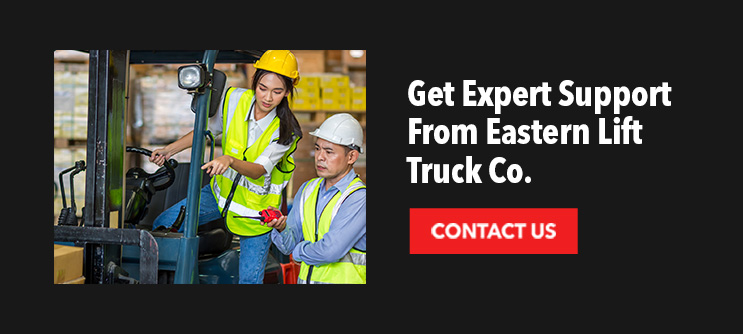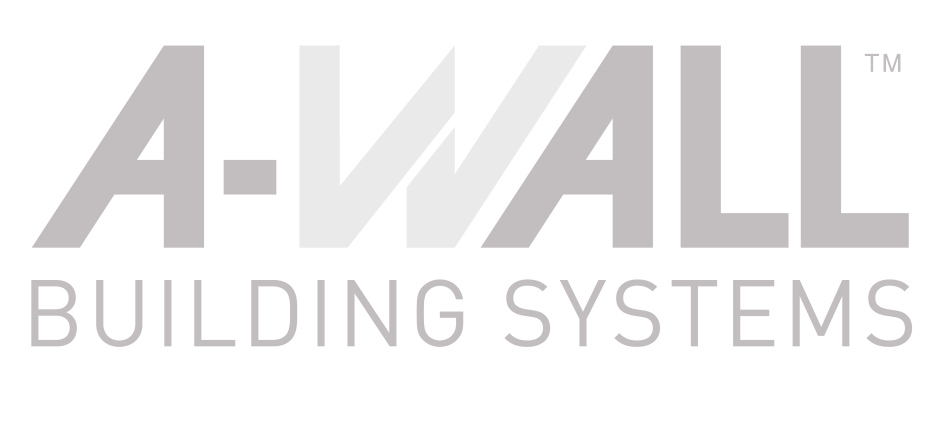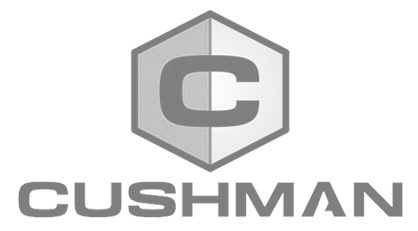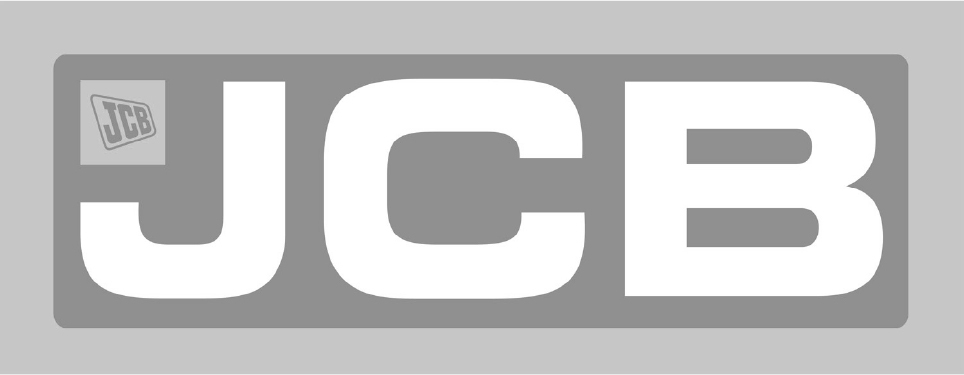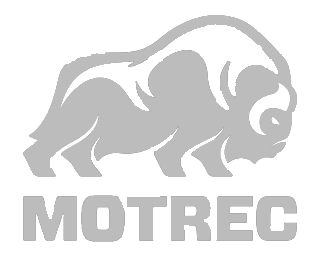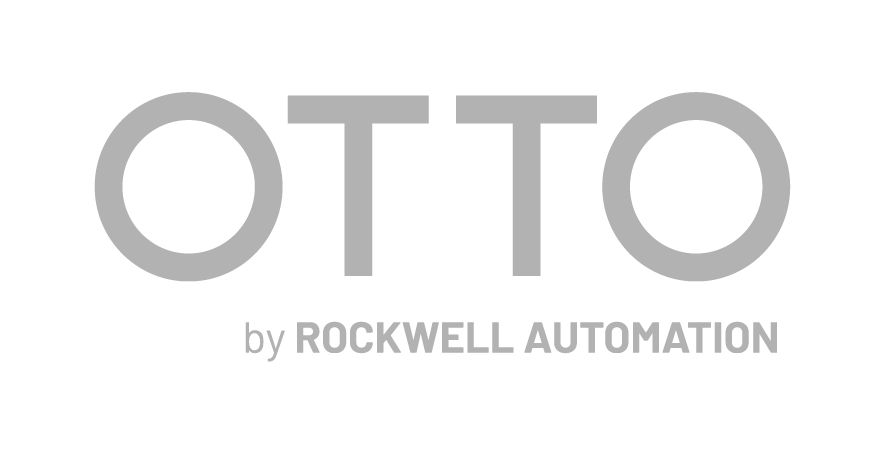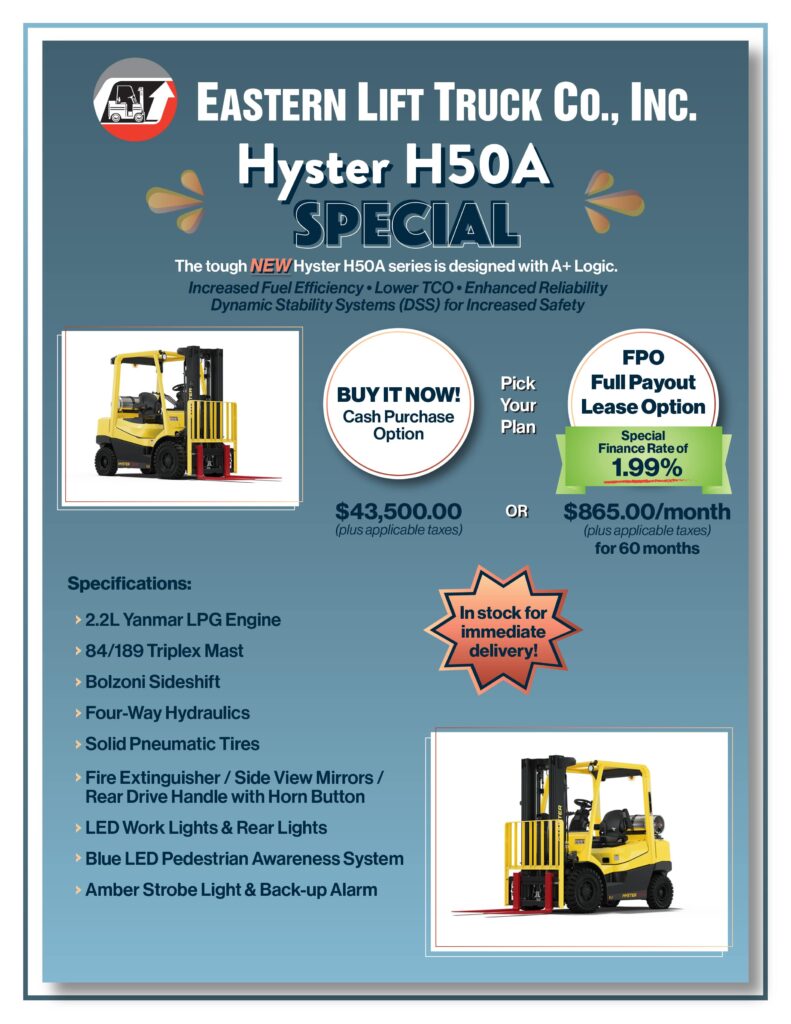
The Occupational Safety and Health Administration (OSHA) plays a central role in establishing and enforcing workplace safety regulations that protect workers. Warehouses are often filled with potential safety hazards — high shelves, heavy machinery and moving equipment can all be dangerous. With so many hazards around, OSHA inspections are a way to ensure every warehouse is operating safely.
Preparing for an OSHA inspection can slow down your productivity for the day. Prepping your space for safety inspections is essential but time-consuming without support. With the right guide, you can better prepare your warehouse for its next OSHA inspection. Explore our warehouse OSHA inspection tips and keep your operation safe and compliant.
What Do OSHA Inspections Cover?
OSHA inspections check your warehouse for regulation compliance. All your equipment and protocols should comply with OSHA regulations to pass inspection. If you are due for an OSHA inspection, it could be complaint-driven, a follow-up, or a routine inspection. Typically, you will just see routine inspections, with follow-ups for any issues that fail to meet OSHA standards.
Inspectors will look at your warehouse equipment and protocols during an OSHA inspection. They will check for common safety issues, equipment maintenance quality, employee training records and more. OSHA inspectors can talk to your employees and review documents to ensure your operations follow relevant safety protocols. If they find any issues, they might set a follow-up inspection to confirm you have corrected the problem.
How to Prepare Your Warehouse for an OSHA Inspection
Preparing for an OSHA inspection is fairly straight-forward if you know what to do. With knowledge and practice, you will be better prepared for a smoother inspection process. Start by reviewing your equipment and current protocols to get yourself ready. Use these tips to prepare your warehouse for an OSHA inspection:
1. Conduct a Self-Assessment
Self-assessments let you find gaps in your warehouse safety protocols before the inspection. Staging surprise audits help keep your team ready for an inspection at all times. These audits will provide a good trial run for a true inspection and help keep your safety measures at a high level. Expect OSHA to inspect the following areas:
- Standard Operating Procedures
- Emergency Plan of Action
- Accident Records
- Vehicle-Related Incidents
- Slips and Falls
- Lighting
- Material Handling Procedures
OSHA will examine your records and protocols to ensure you are following procedures — so prep for an inspection by conducting a thorough self-assessment. Also, be sure to keep in mind the most frequently cited violations.
You may also use OSHA checklist resources to get a general idea of areas they deem important to review. Systematically go through each area to ensure you are prepared. Fire safety, electrical systems, hazard communication and forklifts maintenance and training are all areas that need special attention in warehouses. Go through each major area and try to pinpoint and address hazards.
2. Review Material Handling
Warehouses usually involve some degree of material handling. OSHA inspectors will review your material handling operation for hazards and violations. Start with carts, worktables, overhead cranes and booms, which are all used for material handling. OSHA will want to confirm that your equipment is in good shape and used correctly to prevent accidents. You could violate the inspection if you have poorly trained employees or minimal maintenance records. Make sure your material handling is OSHA-compliant to pass your inspection.
3. Ensure Forklift Safety
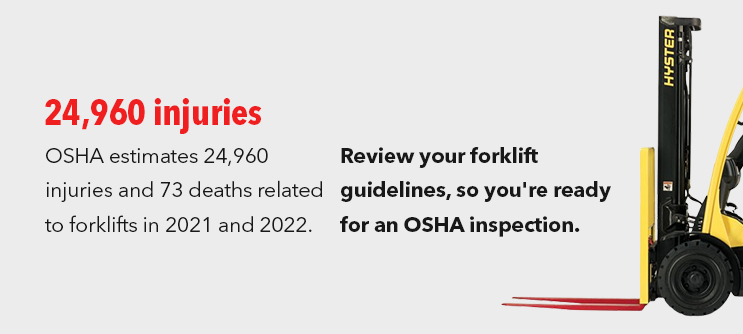
Of course, forklifts are a major critical area for warehouse review. OSHA estimates 24,960 injuries and 73 deaths in 2021 and 2022 were attributed to forklift accidents. Review your forklift guidelines, so your employees are safer, better informed and ready for an OSHA inspection. Additionally, the 2023 National Emphasis Program (NEP) now focuses specifically on warehouses and distribution facilities.
OSHA will conduct inspections unannounced. The NEP inspections will look at forklifts and other material handling equipment, storage, fire protection and more. It is also important to review your forklift policies and procedures for usage around inherently dangerous loading dock and storage areas. Ensure all forklift operators are trained on safe operating procedures. They should drive slowly, perform routine inspections and complete all certified training.
4. Test Emergency Procedures
Every warehouse needs comprehensive emergency procedures and all employees. Here is a unique plan that we blogged about in the past; it involves automation equipment. Conduct regular drills with warehouse employees to practice emergency and even evacuation protocols. OSHA inspectors may test employees on emergency conduct, so have regular refresher sessions to ensure everyone remembers what to do during an emergency.
It is also important to have appropriate barriers and guarding equipment in place to protect your employees, products, and warehouse infrastructure from potential accidents.
Remember to clearly label warehouse areas and post accurate signage to inform workers. Additionally, always have first aid kits, fire extinguishers, eye-wash stations, and other emergency equipment in place. OSHA inspectors will look to make sure this equipment is easily accessible and well-maintained. Be proactive and review your emergency procedures to they are ready for emergencies and inspections.
Warehouse OSHA Inspection Tips
Even the best-run warehouses need inspection refreshes. With so many regulations and protocols, it can be easy to overlook certain requirements. With regular refreshers, dedicated training and good bookkeeping, you can ensure your team is always inspection-ready. Stay ready for an OSHA inspection at any time with these tips:
- Train employees well: Keep employees well-trained in safety procedures. Regular training sessions ensure everyone knows exactly what to do. Make sure to cover protective equipment, hazard communication, machine operation and emergency response. Additionally, have training records to prove your training is thorough and regular. With regular training, employees will always be on top of safety.
- Keep good records: Records are key to better safety and inspections. OSHA inspectors want to see your injury and illness logs, safety data sheets, training logs and maintenance records. These records demonstrate your commitment to safety. Keep your records current and accessible so you can pull them out for inspections. You should consider switching to digital records for more efficient and secure record-keeping.
- Review safety measures: Ensure your warehouse is up-to-date with current safety standards. This step is critical for workplace safety and inspection success. Regularly inspect and maintain equipment, properly label warehouse areas with signage, and go over your safety protocols. Machines should have lockout procedures to avoid start-ups during maintenance. Keeping everything clearly labeled and shut down when not in use protects your team from accidents.
Get Expert Support From Eastern Lift Truck Co.
Preparing your warehouse for an OSHA inspection means providing expert training and the best in material handling solutions. Eastern Lift Truck Co. is here to help. Our experienced trainers will lead your through comprehensive OSHA-compliant training and certification programs.
We also provide a wide range of new material handling equipment and a diverse inventory of used equipment. Our extensive OEM and aftermarket parts inventory ensures you have everything you need to keep your operation safe and productive. Our employees are safety-focused and aim to deliver safe and exceptional customer service and support to help you meet your goals.
In conclusion, don’t wait for an OSHA inspection to review your safety protocols. Review them now. If you need assistance, please contact Eastern Lift Truck Co. to create a safer, more efficient warehouse today!
